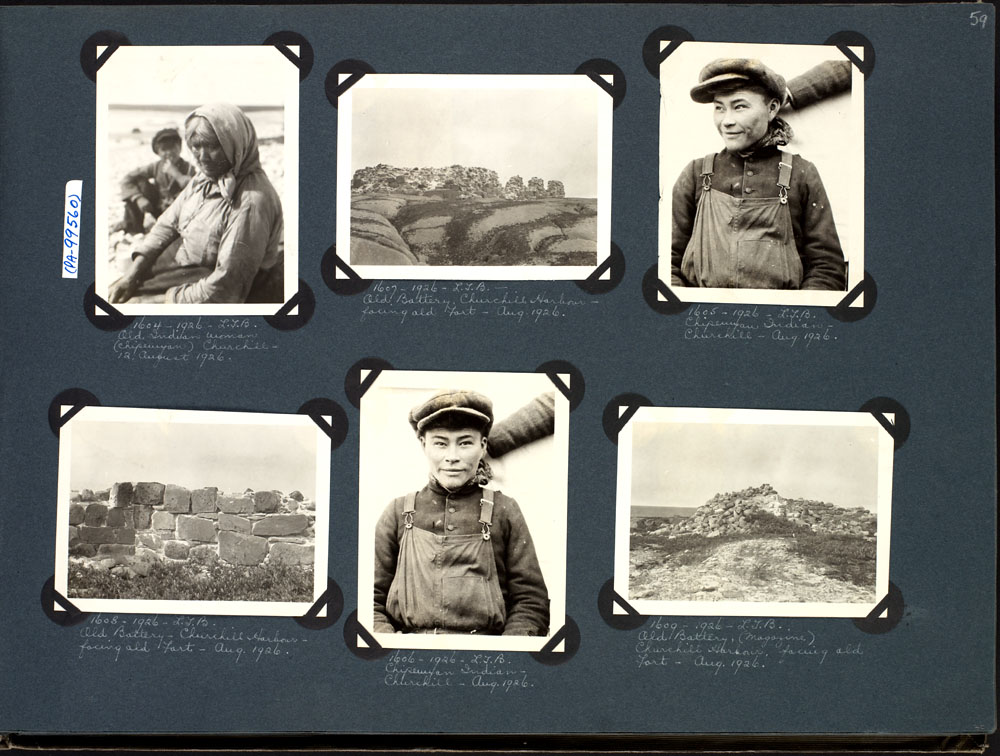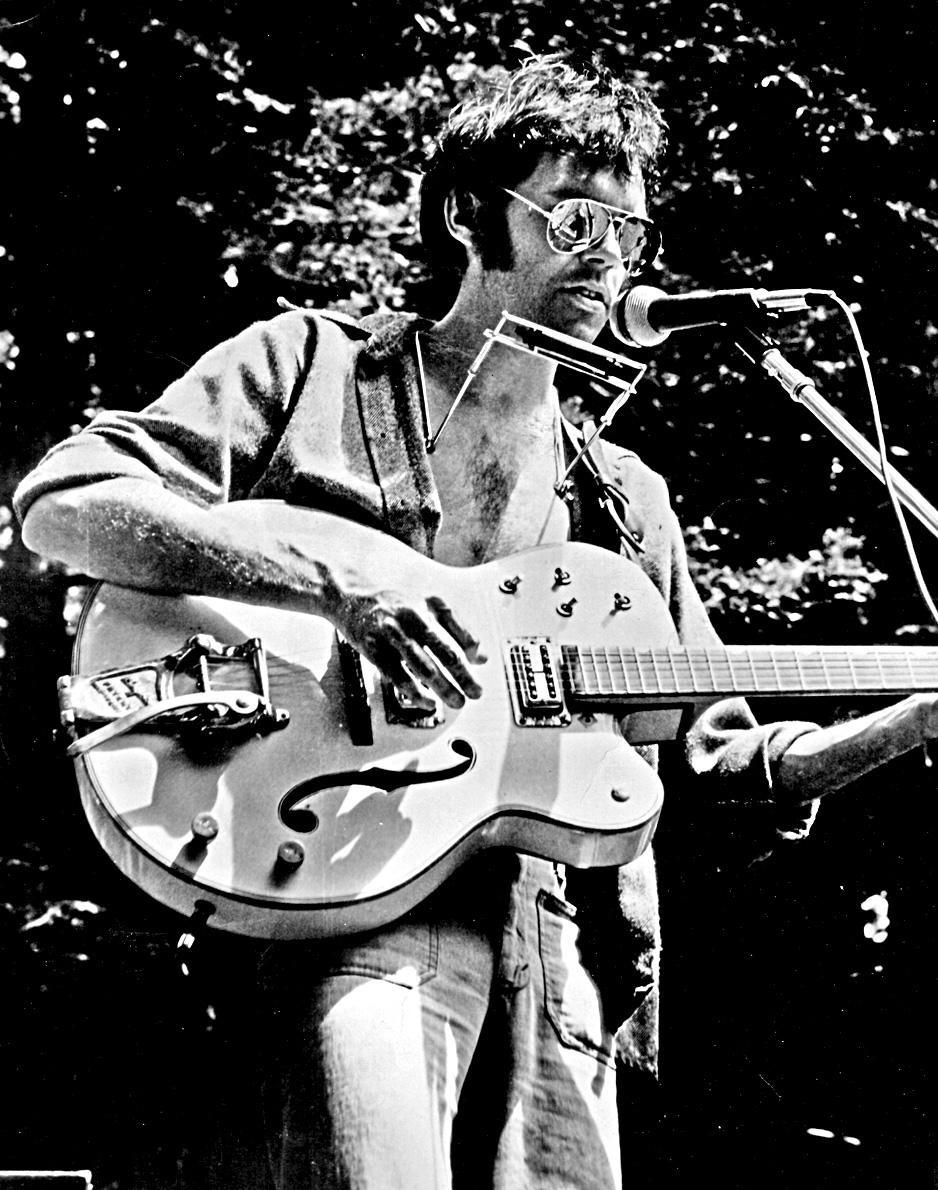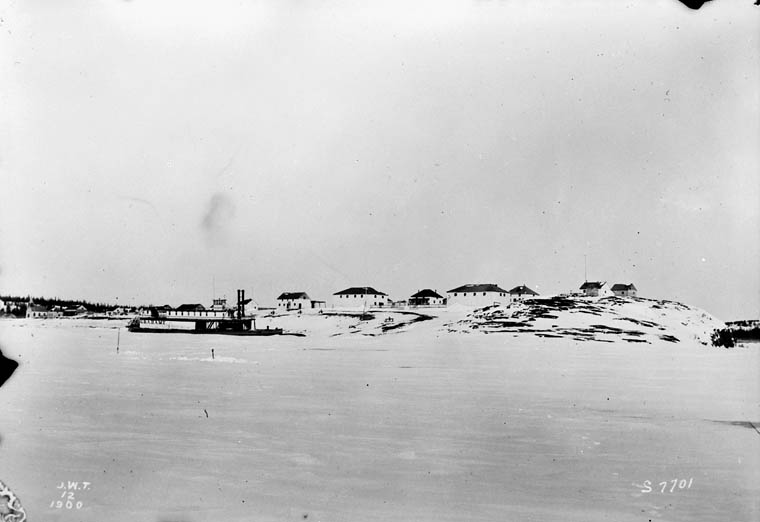|
Athabasca Chipewyan First Nation
The Athabasca Chipewyan First Nation (ACFN, chp, K'ai Taile Dené) is a band government. It represents local people of the Denesuline (Chipewyan) ethnic group. It controls eight Indian reserves: Chipewyan 201 and Chipewyan 201A through Chipewyan 201G, near Fort Chipewyan, Alberta. The band is party to Treaty 8, and is a member of the Athabasca Tribal Council. The ancestors of today's ACFN were evicted from Wood Buffalo National Park by the Government of Canada beginning in 1944, according to research published by the band. The band launched a court challenge in 2007 to an oilsands lease given to Shell Canada by the provincial government which, the band alleged, they were not given a chance to oppose. In 2011, the band lost its suit, but planned to appeal to the Supreme Court of Canada. The band was the focus of Neil Young's 2014 concert campaign against the Athabasca oil sands development. In the wake of that the band withdrew from the Oil Sands Monitoring program, whic ... [...More Info...] [...Related Items...] OR: [Wikipedia] [Google] [Baidu] |
Chipewyan
The Chipewyan ( , also called ''Denésoliné'' or ''Dënesųłı̨né'' or ''Dënë Sųłınë́'', meaning "the original/real people") are a Dene Indigenous Canadian people of the Athabaskan language family, whose ancestors are identified with the Taltheilei Shale archaeological tradition. They are part of the Northern Athabascan group of peoples, and come from what is now Western Canada. Terminology The term ''Chipewyan'' (ᒌᐘᔮᐣ) is a Cree exonym meaning ''pointed hides'', referring to the design of their parkas. The French-speaking missionaries to the northwest of the Red River Colony referred to the Chipewyan people as Montagnais in their documents written in French. Montagnais simply means "mountain people" or "highlanders" in French and has been applied to many unrelated nations across North America over time. For example the Neenolino Innu of northern Quebec are also called "Montagnais". Demographics Chipewyan peoples live in the region spanning the w ... [...More Info...] [...Related Items...] OR: [Wikipedia] [Google] [Baidu] |
Athabasca Tribal Council
The Athabasca Tribal Council is a tribal council representing five First Nation band governments in the province of Alberta. The organization is based in Fort McMurray, Alberta. Demographics As of August 2016, there were 6,807 registered members in the 5 First Nation bands. Members * Athabasca Chipewyan First Nation had 1,200 registered members in August 2016. * Fort McKay First Nation had 851 registered members in August 2016. * Chipewyan Prairie First Nation had 923 registered members in August 2016. * Fort McMurray First Nation had 763 registered members in August 2016. * Mikisew Cree First Nation Mikisew Cree First Nation ( cr, ᒥᑭᓯᐤ, mikisiw, ''meaning: "golden eagle"'') is an Indigenous First Nations government of Woodland Cree people in northeastern Alberta and in Northwest Territories, Canada. Most Mikisew Cree First Nation ... had 3,070 registered members in August 2016. References External linksOfficial website {{authority control First Nations tri ... [...More Info...] [...Related Items...] OR: [Wikipedia] [Google] [Baidu] |
Royal Canadian Mounted Police
The Royal Canadian Mounted Police (RCMP; french: Gendarmerie royale du Canada; french: GRC, label=none), commonly known in English as the Mounties (and colloquially in French as ) is the federal police, federal and national police service of Canada. As police services are the constitutional responsibility of provinces and territories of Canada, the RCMP's primary responsibility is the enforcement of federal criminal law, and sworn members of the RCMP have jurisdiction as a Law enforcement officer, peace officer in all provinces and territories of Canada.Royal Canadian Mounted Police Act', RSC 1985, c R-10, s 11.1. However, the service also provides police services under contract to eight of Canada's Provinces and territories of Canada#Provinces, provinces (all except Ontario and Quebec), all three of Canada's Provinces and territories of Canada#Territories, territories, more than 150 municipalities, and 600 Indigenous peoples in Canada, Indigenous communities. In addition to en ... [...More Info...] [...Related Items...] OR: [Wikipedia] [Google] [Baidu] |
Neil Young
Neil Percival Young (born November 12, 1945) is a Canadian-American singer and songwriter. After embarking on a music career in Winnipeg in the 1960s, Young moved to Los Angeles, joining Buffalo Springfield with Stephen Stills, Richie Furay and others. Since the beginning of his solo career with his backing band Crazy Horse (band), Crazy Horse, he has released many critically acclaimed and important albums, such as ''Everybody Knows This Is Nowhere'', ''After the Gold Rush'', ''Harvest (Neil Young album), Harvest'', ''On the Beach (Neil Young album), On the Beach'' and ''Rust Never Sleeps''. He was a part-time member of Crosby, Stills, Nash & Young. His guitar work, deeply personal lyrics and signature high tenor singing voice define his long career. Young also plays piano and harmonica on many albums, which frequently combine folk music, folk, rock music, rock, country music, country and other musical genres. His often distorted electric guitar playing, especially with Cra ... [...More Info...] [...Related Items...] OR: [Wikipedia] [Google] [Baidu] |
Shell Canada
Shell Canada Limited (french: Shell Canada Limitée) is the principal Canadian subsidiary of British energy major Shell plc and one of Canada's largest integrated oil companies. Exploration and production of oil, natural gas and sulphur is a major part of its business, as well as the marketing of gasoline and related products through the company's approximately 1,800 stations across Canada. After a global reorganization by the European parent, Shell's North American operations are controlled by Shell Energy North America, which is headquartered in Houston, Texas. Shell Energy North America's Canadian operational unit, Shell Canada, maintains a regional corporate office in Calgary, Alberta. Shell Canada also maintains a major office in Toronto, Ontario. History Shell Canada's shares were originally independently traded on the Toronto Stock Exchange. The company was 78% owned by Royal Dutch Shell which in 2006 launched an $8.7-billion takeover of the 22% of Shell Canada that it di ... [...More Info...] [...Related Items...] OR: [Wikipedia] [Google] [Baidu] |
Wood Buffalo National Park
Wood Buffalo National Park is the largest National Parks of Canada, national park of Canada at . It is located in northeastern Alberta and the southern Northwest Territories. Larger in area than Switzerland, it is the second-largest national park in the world. The park was established in 1922 to protect the world's largest herd of free-roaming wood bison. They became hybridized after the introduction of plains bison. The population is currently estimated at about 3,000. It is one of two known nesting sites of whooping cranes. The park ranges in elevation from at the Little Buffalo River to in the Caribou Mountains (Alberta), Caribou Mountains. The park headquarters is in Fort Smith, Northwest Territories, Fort Smith, with a smaller satellite office in Fort Chipewyan, Alberta. The park contains one of the world's largest fresh-water river delta, deltas, the Peace-Athabasca Delta, formed by the Peace River (Canada), Peace, Athabasca River, Athabasca and Birch River (Alberta), Birc ... [...More Info...] [...Related Items...] OR: [Wikipedia] [Google] [Baidu] |
Fort Chipewyan, Alberta
Fort Chipewyan , commonly referred to as Fort Chip, is a hamlet in northern Alberta, Canada, within the Regional Municipality (RM) of Wood Buffalo. It is located on the western tip of Lake Athabasca, adjacent to Wood Buffalo National Park, approximately north of Fort McMurray. History Fort Chipewyan is one of the oldest European settlements in the Province of Alberta. It was established as a trading post by Peter Pond of the North West Company in 1788. The fort was named after the Chipewyan people living in the area. One of the establishers of the fort, Roderick Mackenzie of Terrebonne, always had a taste for literature, as was seen years later when he opened correspondence with traders all over the north and west, asking for descriptions of scenery, adventure, folklore and history. He also had in view the founding of a library at the fort, which would not be only for the immediate residents of Fort Chipewyan, but for traders and clerks of the whole region tributary to Lake At ... [...More Info...] [...Related Items...] OR: [Wikipedia] [Google] [Baidu] |
Indian Reserve
In Canada, an Indian reserve (french: réserve indienne) is specified by the '' Indian Act'' as a "tract of land, the legal title to which is vested in Her Majesty, that has been set apart by Her Majesty for the use and benefit of a band." Indian reserves are the areas set aside for First Nations, an indigenous Canadian group, after a contract with the Canadian state ("the Crown"), and are not to be confused with land claims areas, which involve all of that First Nations' traditional lands: a much larger territory than any reserve. Demographics A single "band" (First Nations government) may control one reserve or several, while other reserves are shared between multiple bands. In 2003, the Department of Indian and Northern Affairs stated there were 2,300 reserves in Canada, comprising . According to Statistics Canada in 2011, there are more than 600 First Nations/Indian bands in Canada and 3,100 Indian reserves across Canada. Examples include the Driftpile First Nation, wh ... [...More Info...] [...Related Items...] OR: [Wikipedia] [Google] [Baidu] |
Chipewyan People
The Chipewyan ( , also called ''Denésoliné'' or ''Dënesųłı̨né'' or ''Dënë Sųłınë́'', meaning "the original/real people") are a Dene Indigenous peoples in Canada, Indigenous Canadian people of the Athabaskan languages, Athabaskan language family, whose ancestors are identified with the Taltheilei Shale tradition, Taltheilei Shale archaeological tradition. They are part of the Northern Athabaskan languages, Northern Athabascan group of peoples, and come from what is now Western Canada. Terminology The term ''Chipewyan'' (ᒌᐘᔮᐣ) is a Cree Endonym and exonym, exonym meaning ''pointed hides'', referring to the design of their parkas. The French-speaking missionaries to the northwest of the Red River Colony referred to the Chipewyan people as Montagnais in their documents written in French. Montagnais simply means "mountain people" or "highlanders" in French and has been applied to many unrelated nations across North America over time. For example the Innu ... [...More Info...] [...Related Items...] OR: [Wikipedia] [Google] [Baidu] |
Band Government
In Canada, an Indian band or band (french: bande indienne, link=no), sometimes referred to as a First Nation band (french: bande de la Première Nation, link=no) or simply a First Nation, is the basic unit of government for those peoples subject to the ''Indian Act'' (i.e. status Indians or First Nations). Bands are typically small groups of people: the largest in the country, the Six Nations of the Grand River First Nation had 22,294 members in September 2005, and many have a membership below 100 people. Each First Nation is typically represented by a band council (french: conseil de bande) chaired by an elected chief, and sometimes also a hereditary chief. As of 2013, there were 614 bands in Canada. Membership in a band is controlled in one of two ways: for most bands, membership is obtained by becoming listed on the Indian Register maintained by the government. As of 2013, there were 253 First Nations which had their own membership criteria, so that not all status Indians are ... [...More Info...] [...Related Items...] OR: [Wikipedia] [Google] [Baidu] |
Allan Adam
Chief Allan Adam is the Chief of the Athabasca Chipewyan First Nation in northern Alberta, Canada. He has served as Chief since 2007. Before becoming Chief, Adam had served as a band councillor since 2003, with responsibility for housing issues. Political views In 2015, Adam, along with the leaders of several other First Nations, spoke out against the '' First Nations Financial Transparency Act.'' Environmental views Adam has advocated against oil sands development, having coordinated efforts involving prominent climate activists such as Greta Thunberg and Leonardo DiCaprio. In 2014, Adam brought suit on his own behalf and on behalf of Athabasca Chipewyan First Nation against Canada's Minister of Environment and Shell Canada in relation to Shell's proposed expansion of the Jackpine Mine oil sands project, located near Fort McMurray, Alberta on the lands of Athabasca Chipewyan First Nation. Adam alleged that Canada had breached its duty to consult and accommodate by allowing ... [...More Info...] [...Related Items...] OR: [Wikipedia] [Google] [Baidu] |




.jpg)

